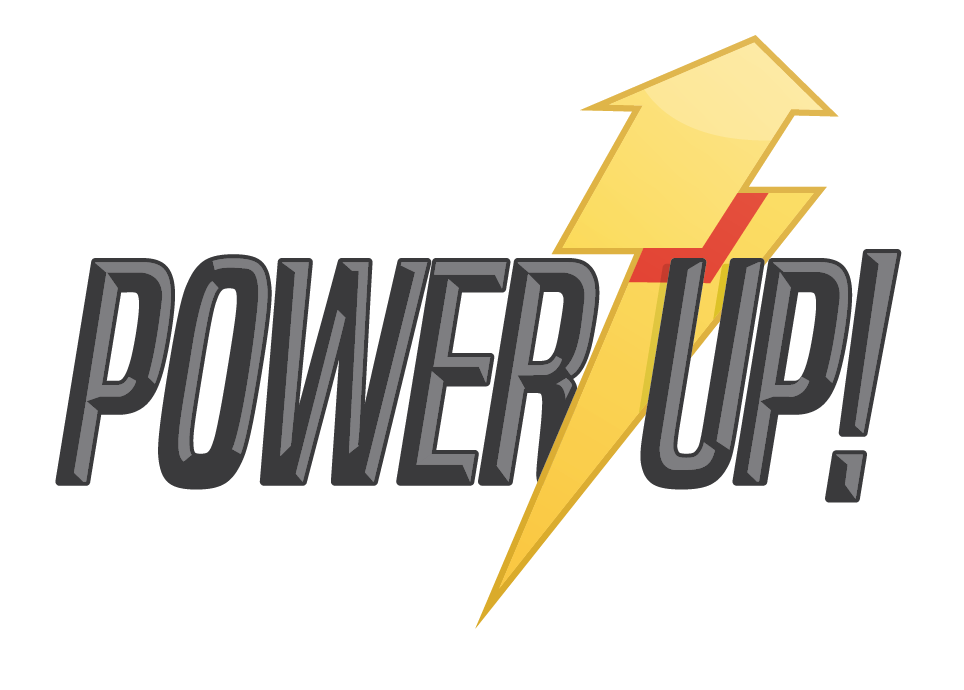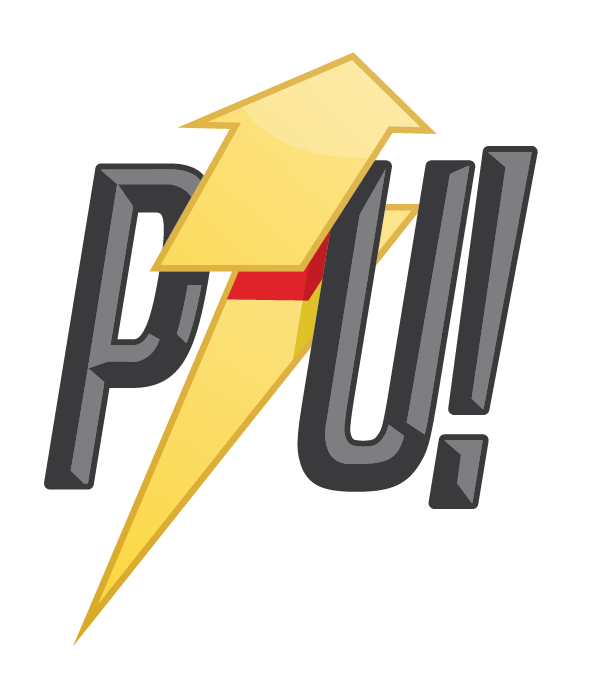When I first unboxed the Galaxy Z Fold 7, my reaction was equal parts awe, curiosity, and disbelief that I was holding something that felt closer to science fiction than a 2025 smartphone. I’ve been a long-time Galaxy S user, most recently the Galaxy S25 Edge, which impressed me earlier this year with its sleek design, brilliant display, and rock-solid performance. That phone set a high bar, but it also prepared me to appreciate Samsung’s hardware polish going into the Fold 7. The difference, of course, is that this device doesn’t just refine the smartphone—it reimagines it. And in three weeks of daily use, it has reshaped not only how I use my phone, but how I think about it.
The most immediate change is its slimness. Closed, it now measures about 13.1mm thick and 68.1mm wide, a huge step forward from the chunky bricks of past Folds. Open it up and the device stretches to 5.8mm thick and nearly 130mm wide, giving you a tablet-like canvas without weighing down your hand. Compared to the S25 Edge, it’s still chunkier in the pocket, but it no longer feels like a tech demo crammed into an awkward body.

One-handed use is finally practical, the hinge opens with buttery resistance, and in Flex Mode it holds its position firmly without wobble. Ergonomically, it’s the most natural Fold yet—light enough for long reading sessions or extended game time, and surprisingly easy to adapt to after the tall, curved proportions of the Edge. My only gripe is that closing it never felt natural; the hinge is so strong that I always worried about damaging the display, and there’s no small groove to make prying it open easier.
Inside, it’s flagship muscle through and through. The Snapdragon 8 Gen 3 with 12GB of RAM and up to 1TB of storage makes everything feel instant. Compared to the Edge, raw performance is identical, but the larger display makes multitasking genuinely useful. Running three apps side by side felt seamless, and Samsung’s One UI 8 adds clever refinements like pinned taskbars, better app continuity between screens, and Flex Panel features that reshape layouts on the fly. Oddly, the Fold 7 drops support for the S Pen entirely—a baffling move for a device that screams for precision input. It’s a clear miss for note-takers, sketchers, and power users who relied on it in past Folds.
What I didn’t expect was how quickly the Fold changed my daily habits. I started referencing documents while taking notes in split-screen, drafting copy while previewing images, and even using Flex Mode as a teleprompter while filming. On the flip side, it turned me into an even bigger media consumer. Watching YouTube or Netflix on the unfolded screen feels like jumping from a phone to a tablet in an instant.
Gaming, too, takes on a whole new dimension; racing titles, RPGs, and puzzle games felt far more immersive, almost to the point where regular phones seemed cramped and underwhelming. Flex Mode, which once felt gimmicky, became second nature: half-open for video calls, angled for hands-free Netflix in bed, or propped as a mini workstation with keyboard controls below and text above. It’s less a feature and more a new way of using a phone.
Battery life, however, is only adequate. On 5G, I averaged around six hours of screen-on time, usually needing a top-up before the evening. Wi-Fi stretched it closer to eight hours, which is manageable but still weaker than the S25 Edge. Fortunately, 25W wired charging, 15W wireless, and reverse wireless charging help offset the shorter lifespan. Quick charges during lunch or a trickle from the desk pad were enough to keep it going.
Cameras are another area where the Fold distances itself from the Edge. The addition of a telephoto lens brings genuine versatility, and shots across the board look sharp, vibrant, and balanced. Ultra-wide landscapes and cramped interiors benefited from the extra reach, while portraits gained depth and clarity. Video is stable, crisp, and looks great in 4K, even when panning or moving quickly. The Fold also encourages more creative shooting: folding it at 90 degrees turns it into its own tripod, while the cover screen preview makes portraits easier by letting subjects see themselves live. It doesn’t quite reach the extreme zoom of the S25 Ultra, but for everyday shooting it’s close enough that I never missed it.
All of this, of course, comes at a price. In Australia, the Fold 7 starts at AUD $2,799, making it more expensive than many premium laptops. You’re not just paying for specs—you’re paying for the engineering, the prestige, and the unique experience of using a phone that doubles as a tablet. For most people, it’s overkill. If your phone use is social apps, casual photos, and calls, the S25 Edge or Ultra will do almost everything the Fold can in a slimmer, cheaper package. But if you’re a multitasker, a creative, a heavy gamer, or someone who consumes media like oxygen, the Fold 7 is an unmatched hybrid.
Three weeks in, I can say the Fold 7 isn’t just another flagship—it’s a redefinition of the smartphone. The crease is still there, the battery needs work, and the price is eye-watering. But it delivers something no other phone does: a device that transforms into a mini theatre, a compact workstation, and a hands-free camera rig in one. It pushes you to experiment, to use your phone differently, and in doing so makes the everyday feel fresh again. Coming from the S25 Edge, the shift felt not just worthwhile, but genuinely exciting.
Samsung Australia kindly loaned the Galaxy Z Fold 7 to PowerUp for the purpose of this review




































































































